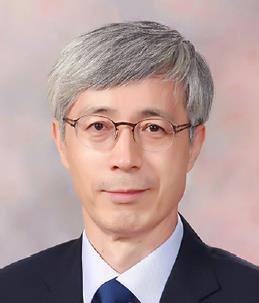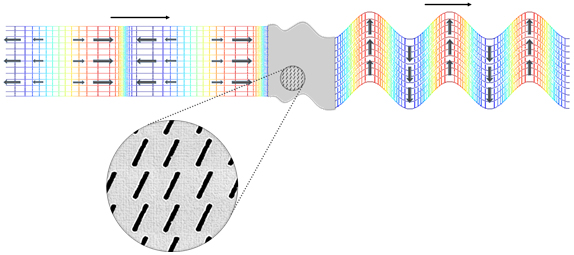- About
- Academics
-
Undergraduate Programs
- Civil and Environmental Engineering
- Architecture and Architectural Engineering
- Mechanical Engineering
- Industrial Engineering
- Energy Resources Engineering
- Nuclear Engineering
- Materials Science and Engineering
- Electrical and Computer Engineering
- Naval Architecture and Ocean Engineering
- Computer Science and Engineering
- Aerospace Engineering
- Chemical and Biological Engineering
-
Graduate Programs
- Civil and Environmental Engineering
- Architecture and Architectural Engineering
- Mechanical Engineering
- Industrial Engineering
- Energy Systems Engineering
- Materials Science and Engineering
- Electrical and Computer Engineering
- Naval Architecture and Ocean Engineering
- Computer Science and Engineering
- Chemical and Biological Engineering
- Aerospace Engineering
- Interdisciplinary Program in Technology, Management, Economics and Policy
- Interdisciplinary Program in Urban Design
- Interdisciplinary Program in Bioengineering
- Interdisciplinary Program in Artificial Intelligence
- Interdisciplinary Program in Intelligent Space and Aerospace Systems
- Chemical Convergence for Energy and Environment Major
- Multiscale Mechanics Design Major
- Hybrid Materials Major
- Double Major Program
- Open Programs
-
Undergraduate Programs
- Research
- Campus Life
- Communication
- Prospective Students
- International Office
SNU Professor Kim Yoon-Young’s research team became the first in the world to discover Transmodal Fabry-Perot Resonance
-
Uploaded by
관리자
-
Upload Date
2017.09.29
-
Views
667
SNU Professor Kim Yoon-Young’s research team became the first in the world to discover Transmodal Fabry-Perot Resonance
- opened up new vistas of higher-performing ultrasound imaging

▲ SNU Professor Kim Yoon-Young of Mechanical & Aerospace Engineering Department
A domestic research team has discovered a new technology that allows more efficient and precise production of ultrasound waves used in disease diagnosis or Structure detection.
On May 20th, SNU College of Engineering (dean: Lee Kun-Woo) announced that they have published SNU Department of Mechanical & Aerospace Engineering professor Kim Yoon-Young’s research team’s research on Transmodal Fabry-Perot Resonance that allows afficient prodextion of ultrasonic wave and the realization with metamaterial on PRL (Physical Review Letter, 118, 205901 (2017)), which is the foremost authority in the field of Physics.
Ultrasonic waves, meaning sound waves with higher frequencies than the audible range, are divided into Longitudinal (pressure) waves and transverse (shear) waves. Shear waves are better at precise detection, but existing equipment has been relying on longitudinal waves due to the technological limits on efficient production of effective shear waves.
To solve this problem, the research team has found a case where ‘Febry-Perot resonance’, which applied only to single wave type, occurs when both wave types co-exist. Moreover, they suggested a new filter that allows the conversion of longitudinal waves to high shear waves using this phenomenon.
The research team has made an aluminum plate containing a metamaterial filter where a series of 2-mm-long, parallel slits had been cut through the plate at an angle. The longitudinal waves entering along the plate interfere inside the filter. The amplitude of transmitted shear waves varied widely and periodically as the team increased the frequency of the incoming waves, as predicted.
This research received global attention, and was highlighted in ‘Physics’, the online news medium of American Physical Society. In the article, Materials scientist Badreddine Assouar, at the French National Center for Scientific Research (CNRS) and Jensen Li, a materials scientist at the University of Birmingham, UK praised the research team that discovered such resonance with huge potential.
They noted that ‘the team’s novel expansion of a classical resonance theory could be useful for nondestructive testing of materials—looking for internal cracks in bridges or airplane wings, for example.’ And that ‘the results could lead to improved monitoring of gas pipelines for leaks, among other things.’
This research was funded by CAMM (Center for Advanced Meta-Material) of Global Frontier Projects supported by the Ministry of Science and ICT in 2016

▲ Sound transformation. Longitudinal (pressure) waves in a metal plate coming from the left are transformed into shear waves by a metamaterial filter made of an array of parallel, angled slits. Shear waves could be better for ultrasound imaging, but they have been harder to produce. Now that Professor Kim Yoon-Young’s research team has discovered transmodal fabry-perot resonance, they can be produced more easily, and super-high resolution ultrasonic imaging is expected to be possible.